#Energy
Opinion: Blaming Rising Fuel Prices on High Temps is Dumb
With average fuel prices creeping back up, you’ve undoubtedly seen a slew of articles trying to explain why. The trend seems to be to just blame it on warm weather.
Over the past week, countless media outlets published stories about how oil refineries have had to scale back production targets to contend with exceedingly high temperatures. But is this really the keystone issue for why you’re once again contending with undesirable fuel prices?
Energy Company Warns Diesel Situation 'Rapidly Devolving'
Following news that the U.S. diesel supply has sunk below 25 days, Mansfield Energy issued an alert pertaining to shortages in the southeastern region of the country. While no direct reasons were given, the company noted that diesel reserves have been holding at historic lows throughout most of this year.
Bad News About the U.S. Diesel Supply
Over the summer, the United States witnessed record fuel prices. But the elephant in the room wasn’t how much people were having to pay for regular unleaded gasoline, it was the possibility that the nation might run into diesel shortages going into the fall.
Fuel Prices Are Allegedly Cooling Off
With the last several months delivering record-breaking fuel prices, as society endures what has undoubtedly been the largest spike in energy cost and inflation since the 1970s, everyone has been hoping to catch a break this summer. Some have even gotten theirs. While things are still looking exceptionally bleak in the long term, the United States appears to be enjoying a modest reprieve.
Gas War: Republican States Sue EPA Over Californian Standards
Last week, a group of Republican attorneys general decided to sue the Environmental Protection Agency (EPA) over its decision to reinstate the waiver allowing California to set its own limitations on exhaust gasses and zero-emission vehicle mandates that would exceed federal standards.
The agency approved the waiver after it had been eliminated as part of the Trump administration’s fuel rollback on the grounds that it would create a schism within the industry by forcing automakers to produce vehicles that catered to the Californian market at the expense of products that might be appreciated in other parts of the country. However, Joe Biden’s EPA sees things differently and has aligned itself with the California Air Resources Board (CARB) in giving the state more leeway to govern itself in regard to emissions policing.
Gas War: EPA Reinstates California's Ability to Set Emission Limits, EV Mandates
The U.S. Environmental Protection Agency has opted to reinstate California’s ability to set tailpipe rules and zero-emission vehicle mandates that are more rigid than federal standards. After quarreling for years over the Trump administration’s decision to roll back Obama-era fueling standards deemed untenable, the Golden State now has the ability to once again make harder for its citizens by forcing them to purchase the kind of vehicles it feels they should be driving — rather than leaving it up to the individual that’s actually buying the car.
Though it might not matter at this point. While California effectively served as a defensive shield against proposed fueling rollbacks while Trump was in office, the Biden administration strategy is broadly in line with its agenda of making gasoline unappetizing to consumers to ensure a speedy transition to electric vehicles. California doesn’t even want people to have access to gas-powered lawn care equipment. The state has effectively served as a test case for Build Back Better since before the phrase passed through the lips of a single politician.
Alright, Let's Talk About Fuel Prices and How We Got Here
Fuel prices have, like most other things, become totally ridiculous. In the United States, the average rate for a gallon of gasoline has eclipsed $4.00 for the first time in a decade. Though what’s probably the most alarming is how quickly it happened. Plenty of Americans could still find fuel for under $2.00 a gallon in April of 2020, meaning we’ve seen prices effectively double within two years in the United States. Meanwhile, European nations more accustomed to lofty fuel bills have been sounding the warning bells (especially in regard to diesel) for months.
Despite the issue existing long before Russia invaded Ukraine, the war has become the de facto explanation among politicians for why you had to swap to less-fancy dog food and off-brand soda to keep the truck gassed up. This is also influencing the government’s response to how to handle the present fuel crisis, which looks as if it’ll be getting worse before it gets better. But let’s take a look at how we got here before we dive into what’s being done (or not done) about it.
Analysis: What's the Opposite of Reducing Your Carbon Footprint?
Why are we switching to electric cars? I mean, I’m not talking about the need to “do better” when it comes to Mother Earth and the baby kangaroos — even Randy Newman wouldn’t bomb the baby kangaroos — but are EVs and billions spent to lower prices and build chargers for the things really going to make the world better if people just look at them as a way to have their cakes and eat them, too? To put it another way, are you really reducing your carbon footprint behind the wheel of a 9,046 lb. GMC Hummer pickup?
That’s right, kids. The upcoming all-electric Hummer will tip the scales at more than 4.5 tons — and that’s “just” the pickup. The SUV will probably weigh more since it’ll be hauling around more glass, seats, and carpets than the pickup. Despite having enough mass to generate its own gravity, the GMC-badged truck can rocket to 60 mph in under 4 seconds, and effectively crush its way through untouched, virgin wilderness in a manner worthy of its heritage as an Army man cosplay favorite (Punisher window sticker not included).
It’s almost enough to make me throw my hands up and say, “Why bother!?” And that, dear B&B, led me to ask myself the question: What would I drive if I just didn’t give a f***?
Biden Executive Order to End Gasoline Powered Vehicle Purchases
On Wednesday, President Joe Biden signed an executive order committing the United States to the acquisition of only zero-emission vehicles by 2035 for the federal vehicle fleet.
This is totally in line with the administration’s stated desire to focus on transitioning the nation toward renewable energy sources while advancing electric vehicle adoption rates. But the event was curiously not celebrated with the applicable fanfare. Biden signed the document without media there to capture the moment and reporters failed to ask about it during a press event on the White House lawn later in the day. Were it not for an official fact sheet issued by the administration later in the day, we may never have known there even was a signing.
Rising Fuel Prices Have Upended the Economy
Unless you’ve spent the last twelve months locked inside your home, then you’re probably dreading the next trip to the gas station. The average price for a gallon of 87 octanes has reached $3.40 in the United States. That’s about 50 percent steeper than it was at the start of 2021 and undoubtedly more than you’re wanting to shell out today. Though one cannot ignore the dizzying rates being advertised outside of British “petroleum parlors” or France’s many “un bordel pour voitures.” Canadians are also forced to endure higher gasoline prices, as the government tends to stack the taxes a little higher and the U.S. dollar tends to be more valuable. At least for now.
All you need to know for the purposes of this article is that fuel prices are up and it’s influencing the economy in some pretty dramatic ways.
Tesla's Gambit: Secretive Battery Project Launched in Texas
When it comes to automakers jumping into electrification, nobody does it like Tesla. Its complete reliance on the success of battery-electric vehicles has encouraged it to make the kind of big moves that cause trepidation in traditional manufacturers. While other companies were debating how many EVs they should target years down the road, Tesla was building the proprietary charging network that actually helped those vehicles make sense to consumers.
Now, it’s using a new subsidiary to place another piece of the puzzle directly into Texas’ energy grid. Gambit Energy Storage is reportedly building a 100-megawatt energy hub in Angleton, following widespread outages in the greater Houston area. While it’s known that Tesla has started shifting operations to The Lonestar State after CEO Elon Musk announced he had enough of California at the start of 2020, the Gambit project is not something the automaker has decided to advertise — even though it seems to play favorably into its long-term strategy.
Elon Musk Says EVs Will Double World's Need for Electricity
While electric automobiles have numerous advantages over internal combustion vehicles, we’ve often wondered when their disadvantages would be offset to a point that would make sense to have them become the dominant mode of transportation. While there are multiple issues that have to be addressed, one of the largest involves finding a way to source the kind of energy needed for the world to recharge them on a regular basis.
An EV-dominated society likely means elevated energy prices and peak demand hours that could easily overtax national energy grids. Renewable energy sources may also prove insufficient in providing the kind of power necessary — potentially requiring countries to double down on plants reliant on coal, oil, and natural gas if nuclear facilities are not approved. Counter-productive takes like that are often downplayed, however, so industrial giants can continue proclaiming the technology as largely trouble-free.
But what happens when EV royalty starts making similar claims about our collective energy needs?
Captain Obvious Arrives: UK Researchers Claim EV Charging Still Not Ideal
With Europe and China promoting aggressive emission mandates, including proposals to eventually prohibit the sale of internal combustion vehicles, electric cars look to be a shoe-in. The UK’s Committee on Climate Change recently recommended moving up the country’s 2040 deadline to end the sale of gasoline or diesel cars to 2035 as part of a wider target to cut the country’s net greenhouse gas emissions to zero by 2050.
Unfortunately, battery electric vehicles still represent less than 1 percent of the region’s new car sales. While EV sales rose 63 percent in April vs the previous year, the adoption rate doesn’t appear to be on the same track as regulatory measures pushed by various authorities.
According to government-commissioned poll from 2016, range anxiety appears to be the primary culprit in the United Kingdom. Most respondents cited recharging their battery as their biggest hangup, with elevated EV costs playing second fiddle.
Life Imitating Art With Norway's 2025 Fossil-Fuel Vehicle Ban?
Elon Musk tweeted his joy when a Norwegian paper announced a proposed ban of fossil-fuel-powered vehicles in the nordic country by 2025.
The proposal itself is built upon good intentions. By eliminating sales of fossil-fuel-powered vehicles, tailpipe emissions will slowly reduce. The country is famously energy independent, thanks to massive offshore oil reserves, which can be converted into hydrogen or used to generate electricity. And electric vehicles are increasingly popular in the country thanks to massive incentives funded by oil exports.
The proposal has me wondering about something else entirely: could the fossil-fuel-vehicle ban have serious political ramifications in Europe? Norwegian serial drama Okkupert — Occupied in English — might have some answers.
Will EV Sales Growth and Global Spread of Fracking Keep Oil Cheap Forever?
What a difference a few years make.
Perhaps you’re old enough to remember when scientists warned us about an impending ice age. Today, climate change concerns have to do with global warming.
Just a few years ago, “peak oil” — the theory of terminal decline once we’ve reached the maximum extraction rate from known petroleum reserves — was popular. A couple of recent perspectives, however, indicate that we may not hit peak oil production and consumption for the foreseeable future — and that the price of oil may actually go down long-term.




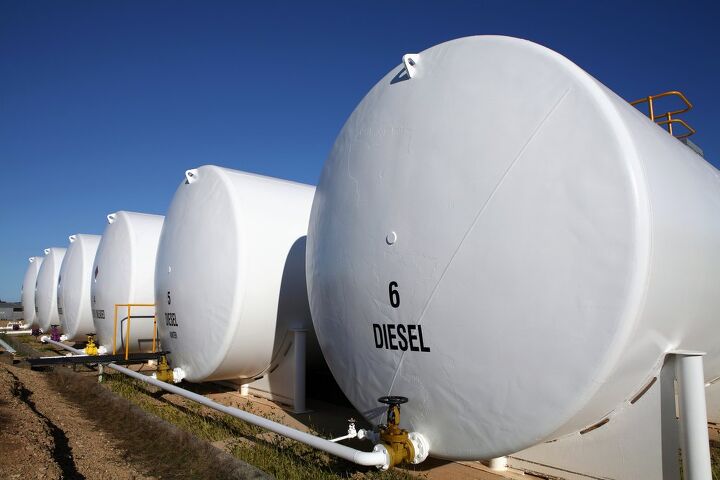
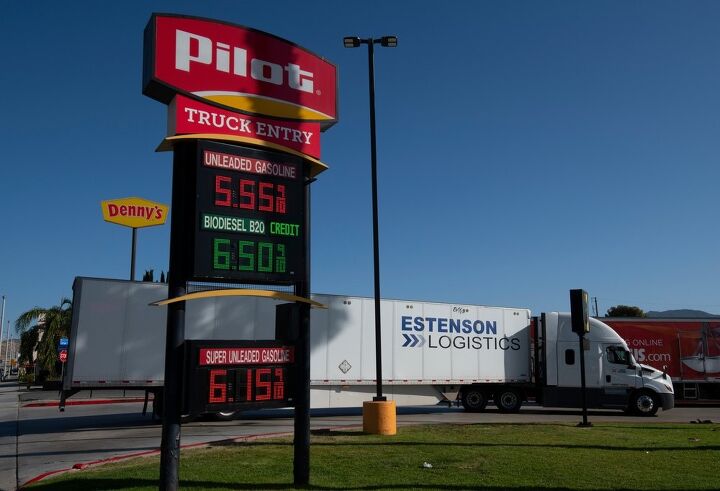
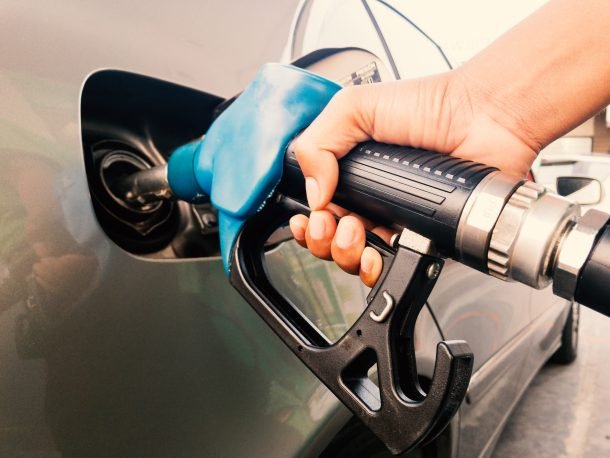


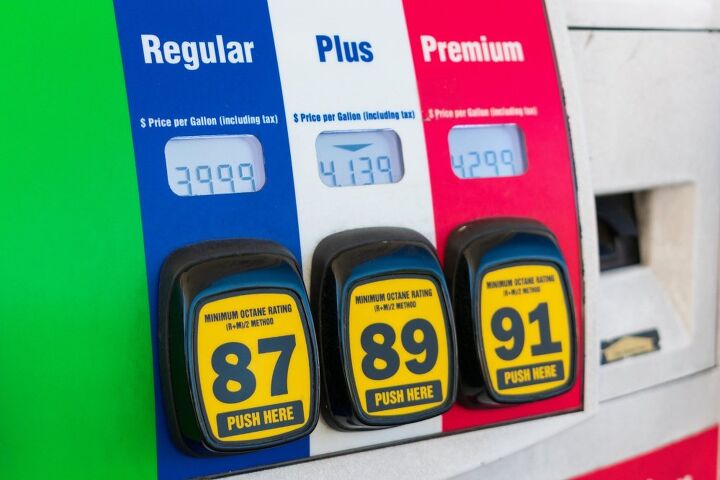

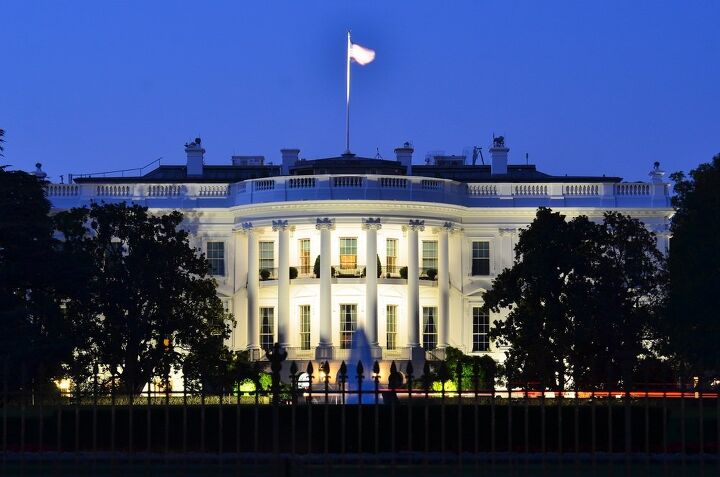
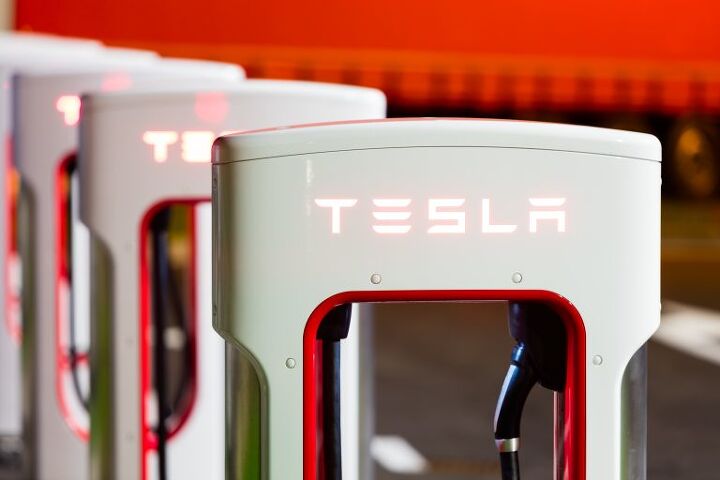



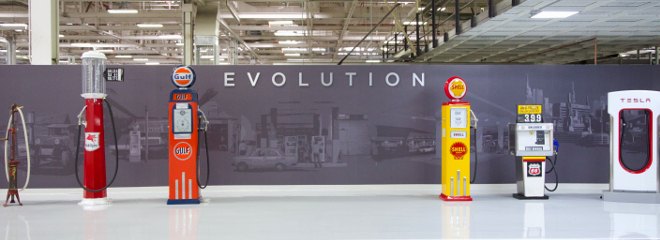












Recent Comments